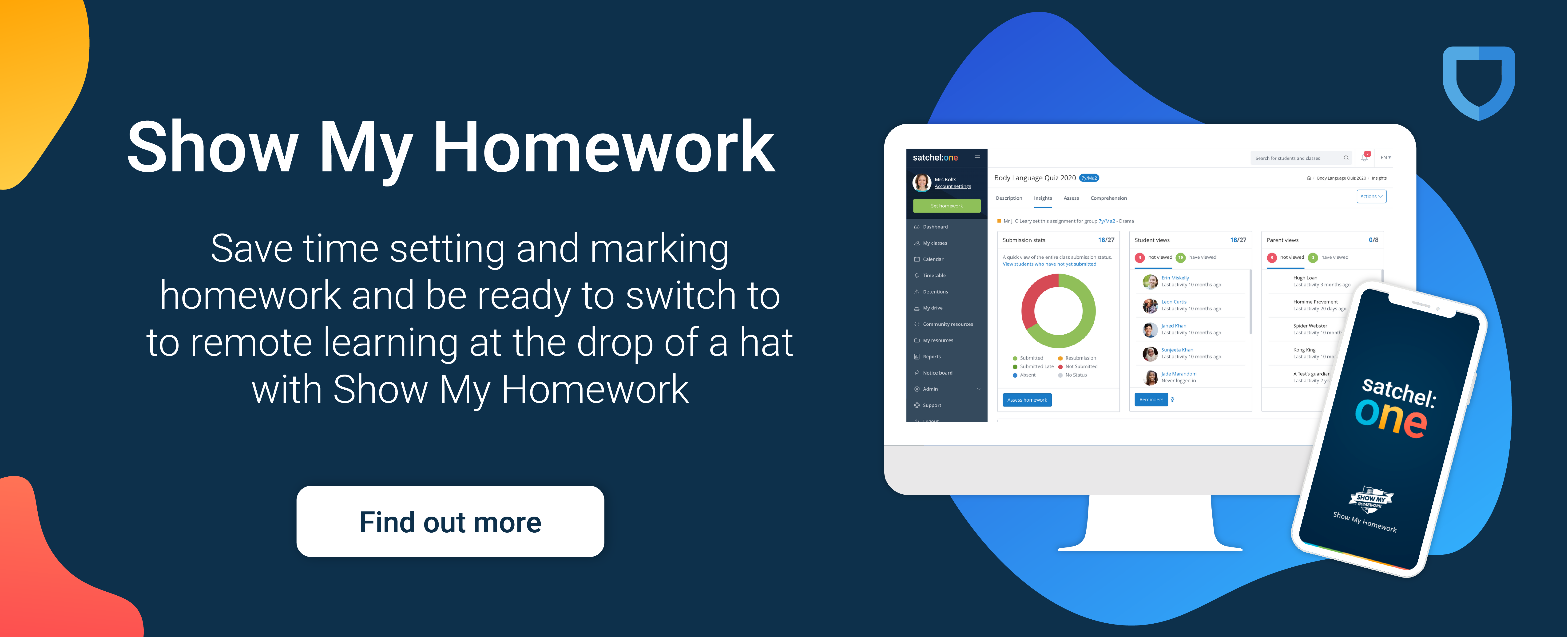Author: Nabeelah Bulpitt
Posted: 28 Apr 2015
Estimated time to read: 3 mins
Technology has become pervasive in society, and it’s quite right that it should be used in every school too. Unfortunately, schools have been let down in the past by products and services that haven’t been up to the job. It’s important to not let this cloud your judgement when an opportunity to improve learning outcomes arise.
In my experience, however, there are some mistakes that are made too often by schools considering services to use; so here are 3 questions that I recommend asking yourselves, and the service provider, the next time you’re the decision maker.
1. Are 100% of teachers/staff going to use/be able to use this system?
I visit a lot of schools in order to demonstrate our technology to them. Often the staff members that have been invited to watch my presentation are already very enthusiastic about education technology. This is great for creating a lot of excitement in the room, because these teachers will look at what I’m presenting and think ‘That’s great! I can use that for so much!’ But, if you intend for every teacher to use this software, the most enthusiastic member of staff probably isn’t the best judge.
Try to track down the staff member who’s been locked out of their email the most often, and ask them if they’ll be able use the system. Of course, the importance of having 100% of teachers using the system comes down to more than just consistency - you should also factor it into the cost. It might seem obvious, but make sure you divide the price of the package by the number of teachers you expect to use it - that figure will tell much you more than the price you’ve been quoted.
2. Is this system going to make your teachers’ lives easier?
Again, this might be an obvious point, but if you’re buying into a system that replaces, for instance, keeping track of behaviour, and currently your teachers are tracking this on paper, to get the necessary buy-in from teachers, you need to make sure the new digital system takes less time to use.
To a classroom teacher, it doesn’t matter if it makes it simpler for your SLT to monitor behaviour, or for parents to have an insight into the classroom, it only matters that it will save them time. Unless you can convince every member of your team that the new way of doing things will make their job easier, not harder, you’re going to have a very difficult job getting them to use it.
Consider each step that a user has to take whilst using the system. As a company, we were recently evaluating software to use for hosting webinars. One popular company, that shall remain unnamed, required attendees to download their software to see the other participants, set up an account, and phone a specific, non-UK based number to hear what was being discussed. The software that we chose instead simply asked for attendees to go to a website address and type in their email address to take part.
3. Is this system going to improve learning outcomes?
Yes, it might make your life easier to set pre-formatted quizzes for homework every lesson, but it also compromises your commitment to encouraging independent learning. The most precious resource that a teacher has is time, but replacing a well thought out and interesting piece of work with a repetitive, mindless task, on balance, probably isn’t worth it - like being served a microwave dinner at a Michelin-starred restaurant.
The best pieces of software available to schools will simplify administrative tasks, communication, tracking, or monitoring, but won’t undermine the ability of teachers to do what they do best - teach.


